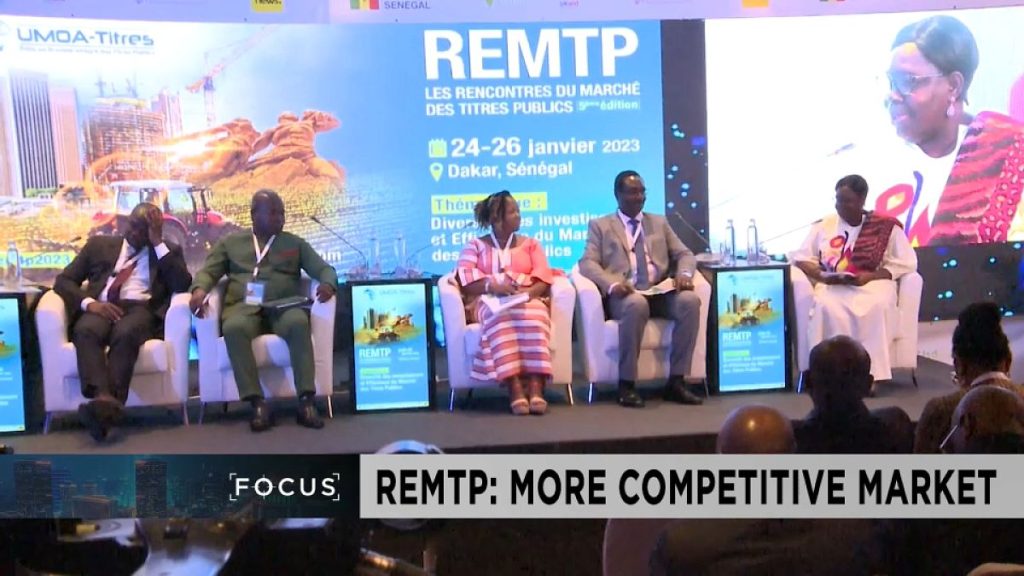The Member States of the West African Economic and Monetary Union (WAEMU) face the triple challenge of addressing the consequences of climate change, developing infrastructure in light of strong anticipated demographic growth, and rebounding from the impacts of recent global shocks such as the COVID-19 pandemic (hereafter “COVID”) and the war in Ukraine. These challenges need to be met in the context of sizable long-term financing gaps in several economic sectors, and within the fiscal constraints imposed by sovereign debt burdens which, for some Member States, are significant – especially in the context of tightening global credit markets and rising interest rates. Faced with these challenges, Member States need to ensure the development of their economy, while integrating the commitments developed within their Nationally Determined Contribution1 (NDC), which aim to combat climate change as part of broader national development plans. In this regard, private sector actors are required to contribute alongside public sector actors to the achievement of climate change mitigation and adaptation objectives, particularly in sectors whose expected contribution has been defined as relatively important.
“Green Bonds” are financial instruments whose proceeds are utilised to finance eligible projects and activities designed to foster sustainable, resilient and inclusive growth. In this sense, Green Bonds fit into the list of alternative financing mechanisms that can be used to solicit some of the capital needed for national objectives, potentially allowing access to a broader and more diverse investor base, some of whose investment mandates include positive environmental and social impact requirements.
This Study focuses on the feasibility of developing an active market for Green Bonds in the WAEMU region and aims to assess the potential for sovereign and corporate Green Bond issuance. The Study highlights multiple deficiencies that may impede the development of such a market, and provides recommendations to overcome them. Initiatives and interventions that should be taken to foster the emergence of such a market are also presented, as well as opportunities to develop a pipeline of green projects and activities eligible for Green Bond financing.
Given the regional, multi-country scope of the Study, a desktop review and stakeholder consultation was undertaken to identify common barriers, which are primarily related to three themes:
- The underdevelopment of the regional financial market relative to international standards.
- The lack of Green Bond and general climate initiatives from national governments, institutions and industries.
- The generally low level of familiarity among key market stakeholders with the international standards and requirements associated with Green Bonds, and consequent low capacity to meet such standards.
For each barrier identified, actionable recommendations are drawn from the lessons learned from more successful Green Bond programmes in other Sub-Saharan African countries, whilst giving due consideration to the specific nuances of the WAEMU region to assess their applicability. The findings from the desktop research were then supplemented and validated during additional interviews and in a stakeholder engagement workshop to ensure the recommendations are context appropriate.
The desktop review covers the following key determinants of market development potential:
- Regional debt capital market (structure, regulation, depth, liquidity, stakeholders, etc.)
- Historic context and current trends regarding sovereign and corporate bond issuance (issuance features, context and objectives, subscription rate, credit, etc.)
- Regional and national advances in climate integration and related initiatives.
- Stakeholders’ capabilities with regard to international standards and requirements for Green Bonds
- Investor appetite (investor awareness, investment trends, incentives, obstacles, etc.).

